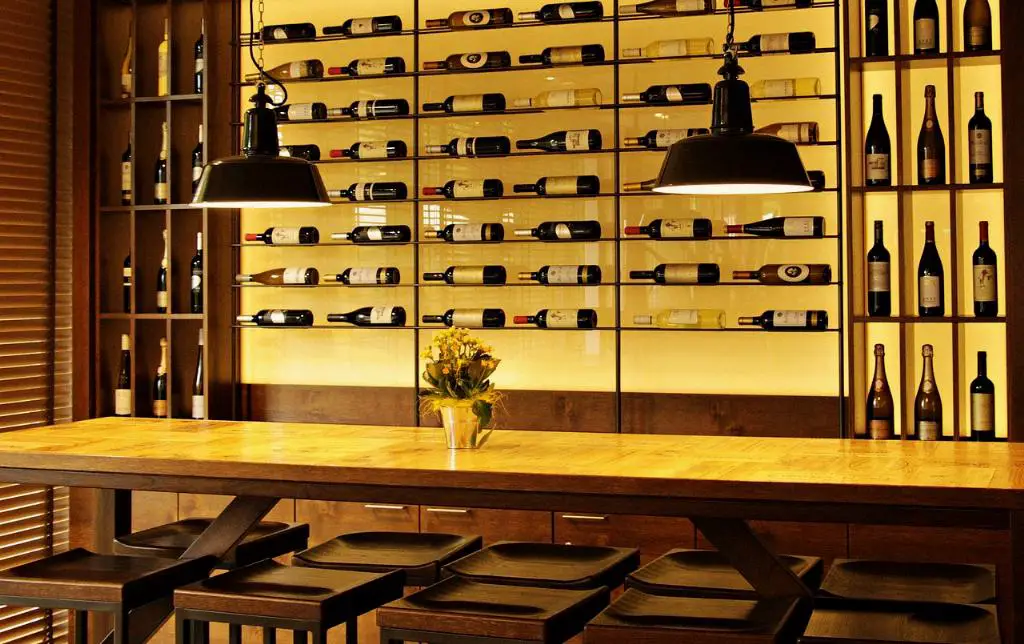When it comes to wine and colors, there is often confusion about whether wine color is the same as burgundy. It’s important to understand that while wine and burgundy share some similarities, they are not identical. Each has its own unique characteristics that set them apart.
The Distinction Between Wine and Burgundy
While both wine and burgundy fall under the red color spectrum, they differ in terms of shade and intensity. Wine color encompasses a broad range of hues, including deep red, ruby red, and even purple. On the other hand, burgundy is a specific shade often described as a deep, rich, and purplish-red color.
The Origins of Burgundy
The name “burgundy” originated from the Burgundy wine region in France, which is renowned for producing exceptional red wines. The color burgundy is closely associated with the red wines that originate from this region, such as Pinot Noir and Burgundy blends.
The Complexities of Wine Color
Wine color is influenced by various factors, including grape variety, fermentation methods, aging process, and even the region where the grapes are grown. From light and translucent to dark and opaque, the color of wine can vary significantly. The vast array of red wine colors includes shades like cherry red, garnet, maroon, and, of course, burgundy.
The Allure of Burgundy
Burgundy is considered a sophisticated and luxurious color, often associated with elegance and refinement. It exudes a sense of depth and intensity that sets it apart from other shades of red. Its captivating allure makes it a popular choice for fashion, interior design, and even weddings.
Applications in Fashion and Design
Burgundy has long been a favorite color in the fashion and design industries. It adds a touch of opulence and warmth to clothing, accessories, and home décor. From burgundy evening gowns to plush burgundy velvet sofas, this color can make a bold statement while still maintaining a sense of elegance.
Burgundy in the Wine World
As mentioned earlier, burgundy is not just a color, but also a renowned wine region in France. Burgundy wines are highly regarded for their complexity, finesse, and ability to express the unique terroir of the vineyards. The wines produced in this region often capture the essence of the burgundy color in their deep, rich, and nuanced red hues.
Exploring the Wine Spectrum
While burgundy wines are a subset of the wine color spectrum, it’s important to note that not all red wines fall into the burgundy category. The world of wine is vast and diverse, with various red wine varietals and styles. From lighter-bodied reds like Pinot Noir to fuller-bodied wines like Cabernet Sauvignon, the range of wine colors is truly expansive.
Pairing Burgundy Wines
Given the depth and complexity of burgundy wines, they often pair well with equally rich and flavorful foods. Classic pairings include roasted duck, beef bourguignon, and aged cheeses. The boldness of burgundy wines can stand up to hearty dishes, enhancing the overall dining experience.
Understanding Color Perception
Color perception can vary from person to person, and different individuals may interpret shades slightly differently. What one person perceives as wine may resemble burgundy to another. The subjective nature of color perception adds to the beauty and intrigue of wine and its colors.
Appreciating the Beauty of Wine Colors
Whether you prefer the depth of burgundy or the range of wine colors, it’s important to appreciate the beauty that wine brings to our senses. From the hues in the glass to the aromas and flavors in every sip, wine is a sensory journey that stimulates the palate and captivates the eye.

In Conclusion
In summary, while wine and burgundy share similarities, they are distinct in their own right. Wine color encompasses a wide range, while burgundy refers specifically to a rich, purplish-red hue. Understanding and appreciating the differences between these colors can deepen our enjoyment and exploration of wine as a whole.
